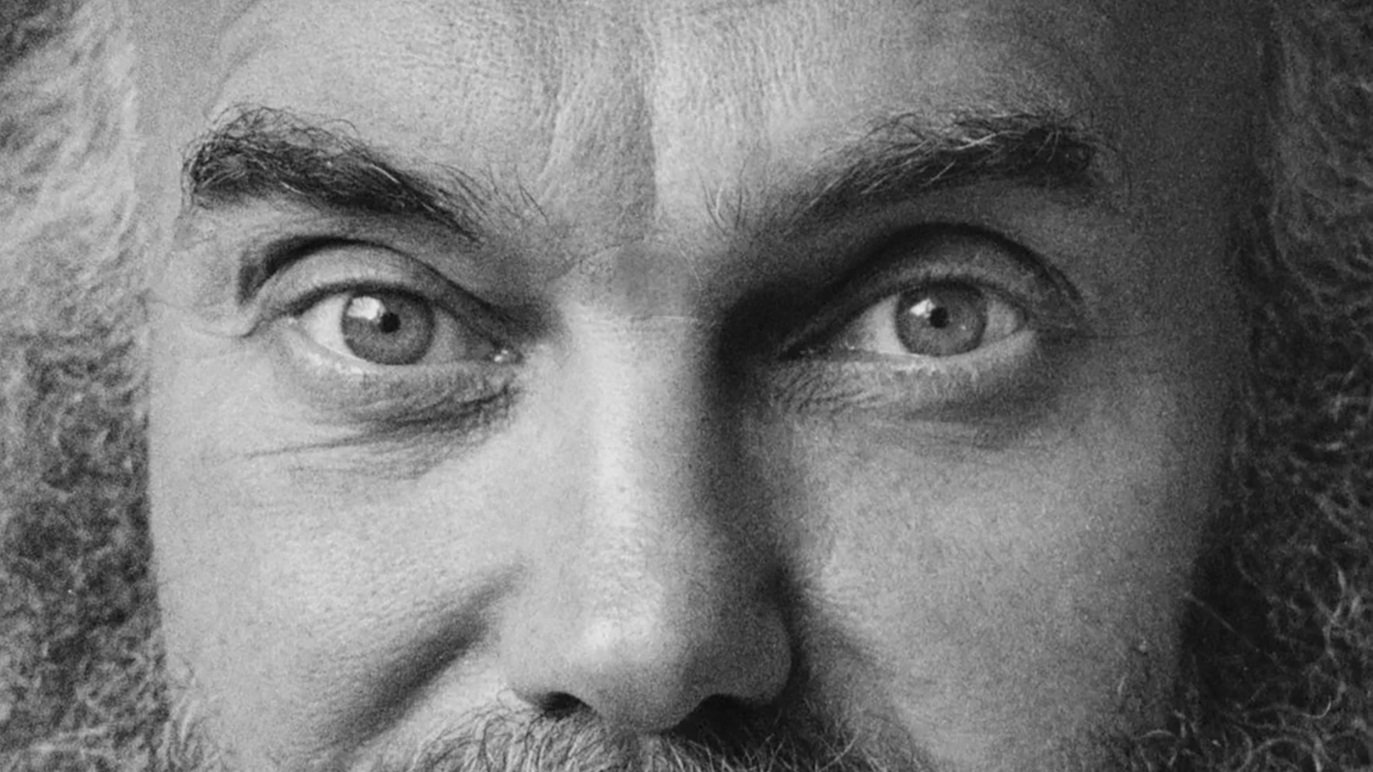The Predicament of Humanity: KNÓSIS and Ram Dass on How to Think, Feel, Be
At KNÓSIS, we understand that true well-being is the balance between the Thinking Mind and the Feeling Body—between reason and intuition, structure and flow, control and surrender.
In his 1998 talk, The Predicament of Humanity, Ram Dass explored this very duality, reminding us that our suffering is not just physical or external but deeply rooted in how we perceive ourselves and the world.
His wisdom aligns seamlessly with the KNÓSIS approach: the integration of body and mind, where presence, movement, and awareness bring us back to our natural state of equilibrium.
The Predicament: The Illusion of Separation Between Thinking and Feeling
Humanity’s greatest challenge, according to Ram Dass, is our forgetfulness—forgetting that we are more than our titles, our pain, or our daily struggles. We live in our Thinking Mind, obsessing over the past, planning for the future, constructing identities that feel solid yet leave us disconnected. Meanwhile, our Feeling Body—the deep wisdom within us—often gets ignored or numbed.
At KNOSIS, we see this every day. Clients arrive seeking relief from chronic tension, physical misalignment, or stress-driven exhaustion. Their bodies whisper (or sometimes scream) messages that their minds have been too busy to hear. The predicament is clear: we have become trapped in overthinking, disconnected from our felt experience.
Ram Dass teaches us that this separation is an illusion. The same is true in movement, therapy, and healing: to truly restore balance, we must learn to think and feel simultaneously, to move beyond control into flow, to reconnect with our embodied wisdom.
Surrendering to the Dance of Life—Moving with Awareness
Rather than resisting life’s challenges, Ram Dass spoke of surrender—not as giving up, but as softening into presence. This is exactly what we teach at KNOSIS through movement therapy, breathwork, and hands-on bodywork. When we try to force our bodies into perfection, we create tension; when we let go and feel from within, movement becomes effortless.
Ram Dass’ own physical suffering after his stroke became his greatest teacher. Instead of battling against his limitations, he listened to his body, softened into his experience, and discovered a deeper way of being. This is the lesson we bring into our work—meeting our bodies where they are, moving with awareness, and embracing sensation as our guide.
Compassion and Connection: Healing Through the Body
At KNOSIS, we believe that movement, breath, and touch are not just physical tools but pathways to connection. Ram Dass spoke of compassion as a bridge between our suffering and collective healing. When we truly listen—to ourselves, to our bodies, to others—we move beyond isolation and into presence.
This is why hands-on therapy, movement training, and bodywork are so powerful. They bring us out of the overactive mind and into the sensory world, where healing happens. When we stop analyzing and start feeling, we tap into an intelligence far greater than logic: the wisdom of the body, the rhythm of the breath, the energy that connects us all.
The KNÓSIS Approach: THINK-FEEL-BE
So how do we transcend the predicament of humanity? By integrating thinking and feeling.
THINK: Understand the patterns that shape us. Learn how movement, posture, and breath impact our nervous system. Recognize where we hold tension and why.
FEEL: Instead of fighting pain or trying to “fix” the body, drop into sensation. Tune into breath, pressure, and the subtle shifts within. Experience movement as fluid, not mechanical.
BE: Move beyond intellectual understanding into embodied awareness. Find a balance where the mind is clear, the body is open, and life flows effortlessly.
Coming Home to the Body
Ram Dass famously said, “We are all just walking each other home.” At KNÓSIS, we believe that coming home begins within—by integrating our Thinking Mind and Feeling Body, we return to a state of presence, ease, and wholeness.
The predicament of humanity is not something to be “fixed”—it is something to be felt, explored, and embraced. Through movement, breath, and awareness, we bridge the gap between thought and sensation, creating a life that is not just well-aligned but deeply, vibrantly alive.

